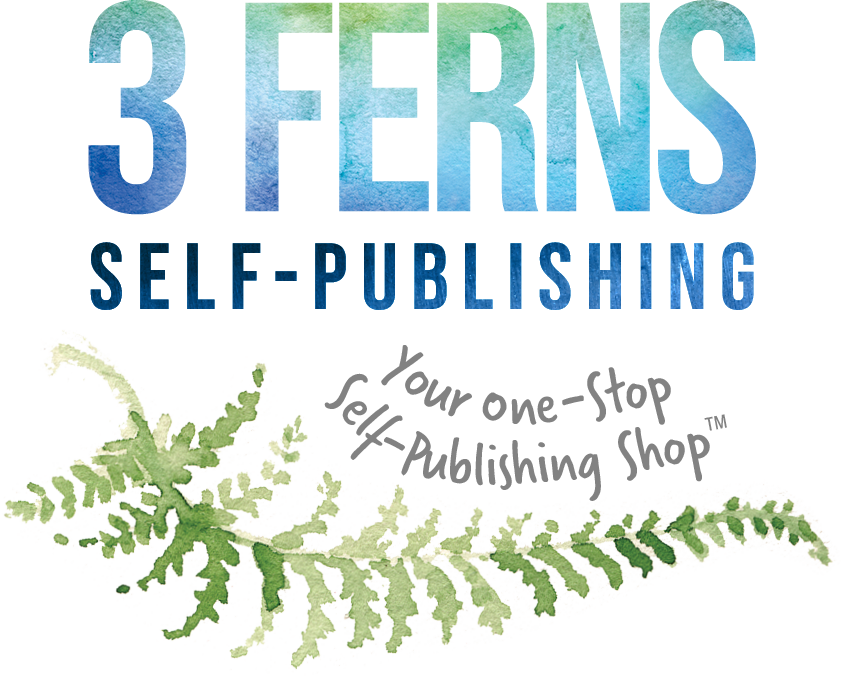In our previous blog, we talked about the importance of self-editing for self-published authors. Recognizing the value of polishing your manuscript before it even reaches professional hands sets us up perfectly to go deeper into this topic.
We understand that self-editing can be difficult and confusing and our mission is to demystify the self-publishing process for you. Today, we expand on that foundation by providing actionable steps and tips that will help you refine your work with confidence and precision.
Sharp edits and clean lines: Essential self-editing tips
If you don’t know where to begin, these tips can get you started on your self-editing process. Our main tip is to simply face your work and just do it. You’ll find that the hardest part is starting and who knows, you may end up enjoying editing your work!
Give your writing some space
After finishing your book, take some time off from it. We know it might be difficult especially if you’ve been working on it consistently for many months, but trust us.
When you take a break from your writing, you’ll come back to it refreshed and with a clearer perspective, allowing you to make better and less biased edits.
Read aloud
Reading your text aloud can help you find hidden flaws and awkward passages that silent reading might miss.
Take your time with this and don’t rush through it. Read it as if it’s the first time ever and consider how it sounds to your audience. This method helps in catching inconsistencies in dialogue and narrative flow.
Take it one step at a time
Don’t try to fix everything all at once. If you catch some mistakes or changes you want to make after taking a break from your writing, that’s good. Take note of what you want to do, and make a detailed plan of action.
If you try to edit the entire copy all at once, you’ll end up overwhelmed and maybe even making new mistakes. Remember to be kind to yourself during this process while still remaining vigilant of necessary edits.
Get down to the details
You want to pay attention to proper copy-editing.This means focusing on the nitty gritty.
Look at the finer details such as grammar, punctuation, and spelling. Observe sentence structure, word choice, and overall readability. You’ll learn how to recognize what is right and wrong and if you need help you can always check standard copy editing rules!
Get your facts straight
If you are writing an informative book, fact-checking might be one of the most crucial parts of your piece.
Especially for non-fiction books, even if you are writing from personal experience, ensure that all factual information is accurate. This credibility is key for maintaining reader trust. You don’t want them to think you’ve published a book simply to put up fake news.
Professional proofreading
Like we mentioned in last week’s blog, self-editing is only the first step of the editing process. It takes away any major mistakes or issues and will also show professional proofreaders that you are serious about your writing.
Remember that, even the most meticulous self-edit leaves room for improvement. A professional proofreader can catch what you might have missed and add a final layer of polish.
Proper formatting
Self-published books are just as valuable as those from traditional publishers—and perhaps even bolder!
To ensure your book presents its best self, format your manuscript according to industry standards. This shows professionalism and respect for industry norms.
Critical checks: Remember these when you self-edit
Prioritize larger edits
Tackle large structural issues before zooming in on grammar or style to avoid overwhelming revisions at the micro level. This is why it’s important to take time away from your book and read it once before you start editing.
This will help you catch the bigger problems before you start focusing on the minor details.
Embrace cuts
Have you ever heard the phrase, “Write in white heat, but edit in cold blood”? Accept that when you get to the editing process some sections really will have to go.
Be willing to remove parts that may be well-written but do not serve the book. You can always use these “darlings” in other works.
Leverage tools:
Make use of digital tools designed for writers—spell checkers, grammar checkers, and style guides can be invaluable. This is the age of technology folks!
Gather feedback:
Don’t be afraid to share your book, even when it hasn’t been published yet.
After self-editing, share your manuscript with beta readers. Their insights can provide a new perspective and highlight unseen issues.
Stay organized
We are telling you now, you will not be able to finish editing your book if you don’t stick to a schedule that works for you. Set aside time during your day and make to-do lists, so you don’t forget what you’re meant to edit.
Keep a log of edits, feedback, and your general thoughts. This can help you track your revisions and ensure consistency in your responses to feedback.
Final self-editing takeaways
Self-editing is more than just a step in the publishing process—it’s your opportunity to align your vision with the expectations of your readers and the standards of the industry.
When you apply these tips, you’ll refine not only your manuscript but also your skills as a writer– and isn’t that exciting! We think so!
Reach out to us
If you’re still unsure about how to get started on self-editing your book, schedule a Clarity Call with Leesa Ellis.
In this session, we’ll explore your specific needs and challenges, providing you with personalized advice and strategies to enhance your self-editing process. Don’t miss this chance to learn from a self-publishing and branding expert, and bring your book closer to publication!


